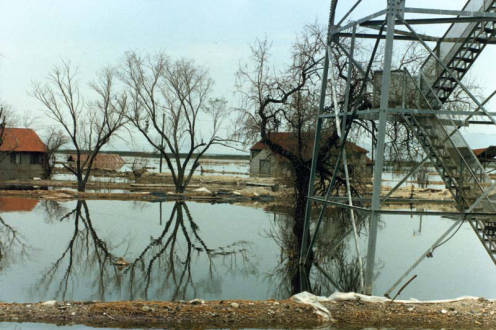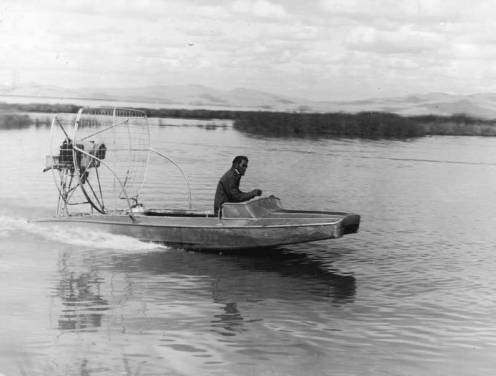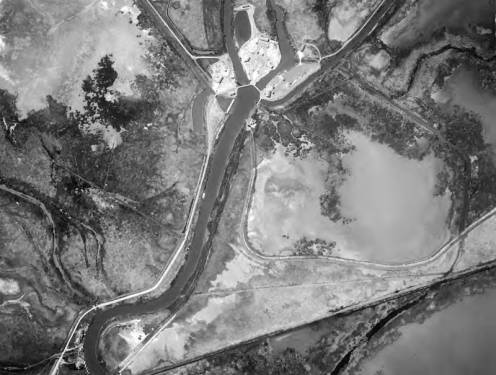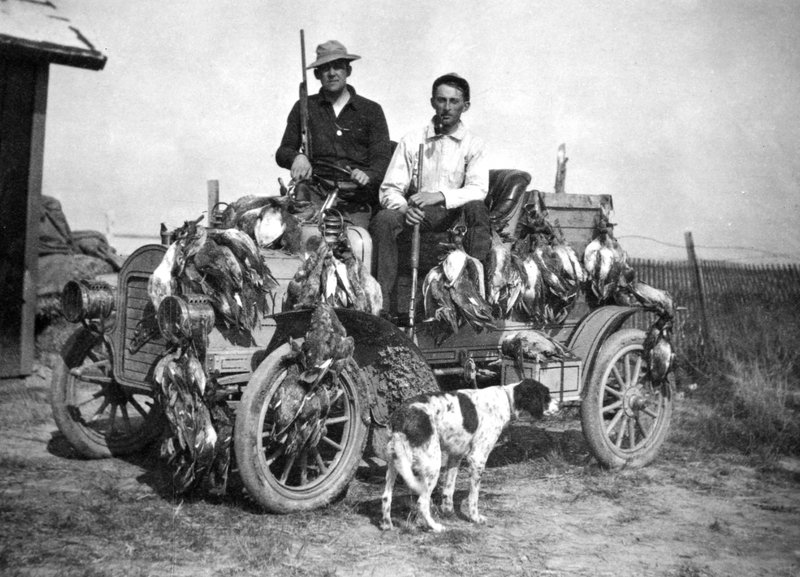Bear River Migratory Bird Refuge
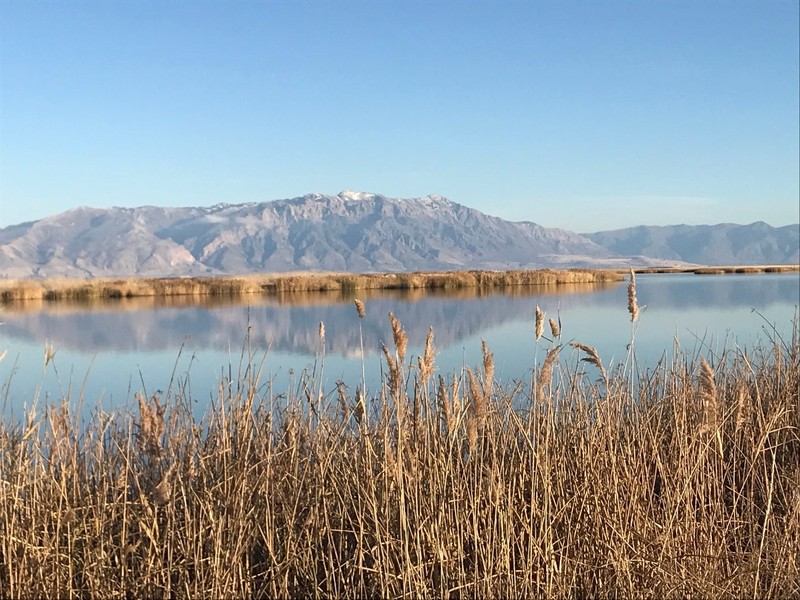
The 79,000 acres of the Bear River Migratory Bird Refuge are federal and state lands managed by the U.S. Fish and Wildlife Service to protect the area for the millions of birds along their migration routes.
The Bear River courses 600 miles from the Uinta Mountains through parts of Wyoming, Idaho, and Utah to the Great Salt Lake creating an extensive marsh area. The waterfowl which inhabit the marshes have been hunted for food for hundreds of years. However, after non-Natives settled in the area, water was diverted for irrigation and hunting became commercialized. From 1877 to 1900, more than 200,000 ducks were killed annually for transport to both California and eastern markets.
By 1900, the watershed was overgrazed by cattle and sheep; diversions had greatly reduced the summer water flow; hunters had decimated the waterfowl populations. Disease took further toll on the waterfowl. In 1910, a half million ducks died around the mouth of the Bear River during the late summer.
Alexander Wetmore began researching and believed that the sickness was caused by the alkaline water that had formed in pools throughout the marshlands. E. R. Kalmbach did further research and found that the sickness was not actually caused by the water, but by a form of botulism which lives in alkaline conditions.
The first efforts to save the waterfowl were made by sportsmen. The several duck hunting clubs which operated in the area acted to purchase or lease the remaining marshes and control the hunting. The Bear River Club organized in 1901, for example, owned 8,000 acres in North Bay and acted to preserve nesting and feeding areas.
These sports clubs, federal researchers, and the Utah Fish and Game Commission worked together to establish the establishment of the Bear River Migratory Bird Refuge by a special act of Congress on April 23, 1928. The nearly 65,000 acres acquired under this act were to be "maintained as a refuge and breeding place for migratory birds included in the terms of the convention between the United States and Great Britain for the protection of migratory birds, concluded August 16, 1916." The act provided that "at no time shall less than 60 per centum of the total acreage of the said refuge be maintained as an inviolate sanctuary for such migratory birds.'' The Bear River Migratory Bird Refuge was the first waterfowl refuge to be created by law.
A dam was built across the river canals led off across the marshes. Nearly 40 miles of earthen dikes were built to keep the marshland water levels consistent. The Refuge was a Civilian Conservation Corps project during the Great Depression. However, in 1983 the dikes broke due to high water levels in the Great Salt Lake and the refuge was deemed inoperable because of flooding. However, by 1990 the waters had receded and work began to restore the refuge.
In 2006, the James V. Hansen Wildlife Education Center was built. The Center features exhibits and hosts a variety of special events throughout the year to promote learning and participation in wildlife preservation. In addition to the visitor center, the refuge offers various locations for hunting, fishing, bird-watching, and photography.
Images

